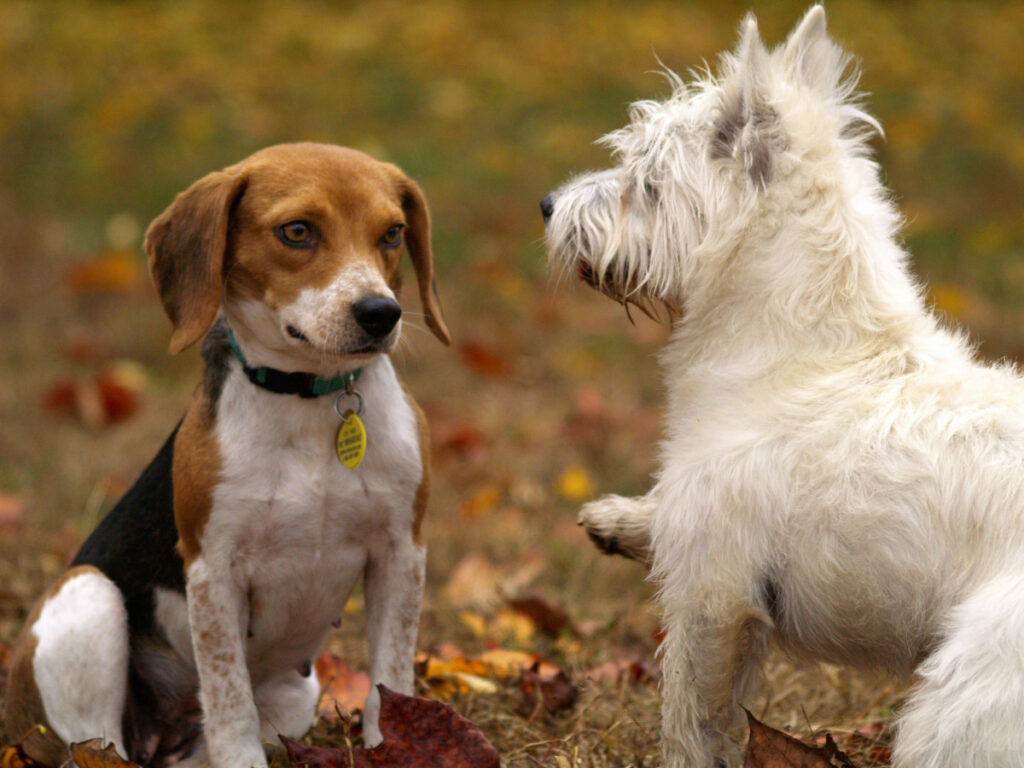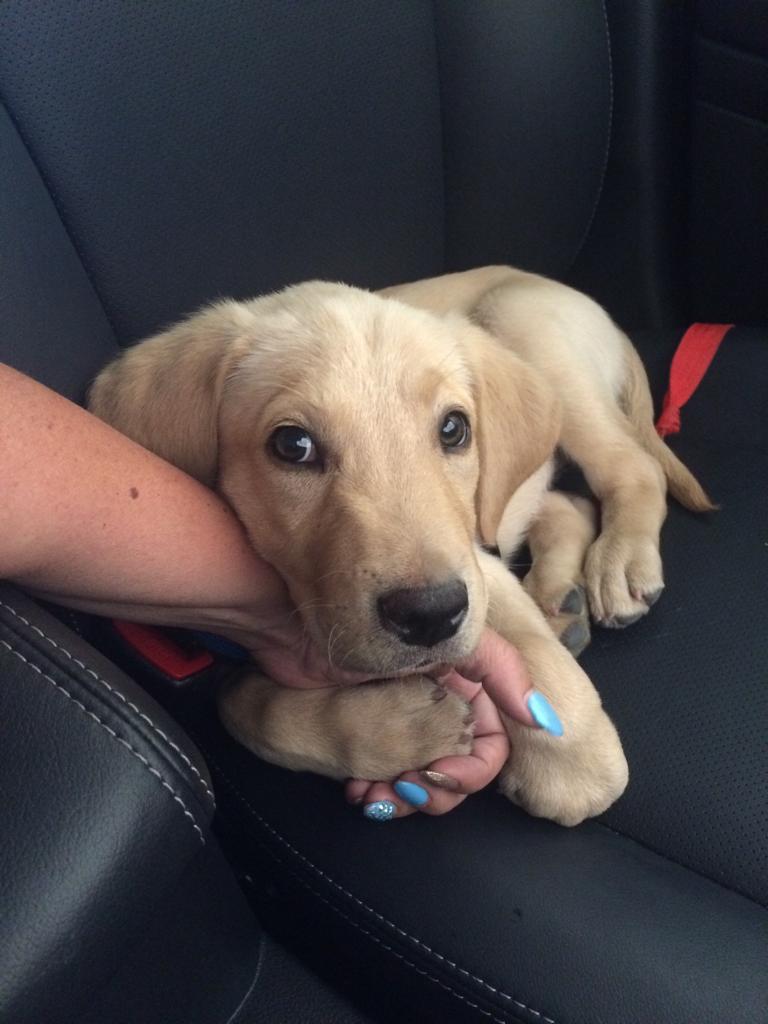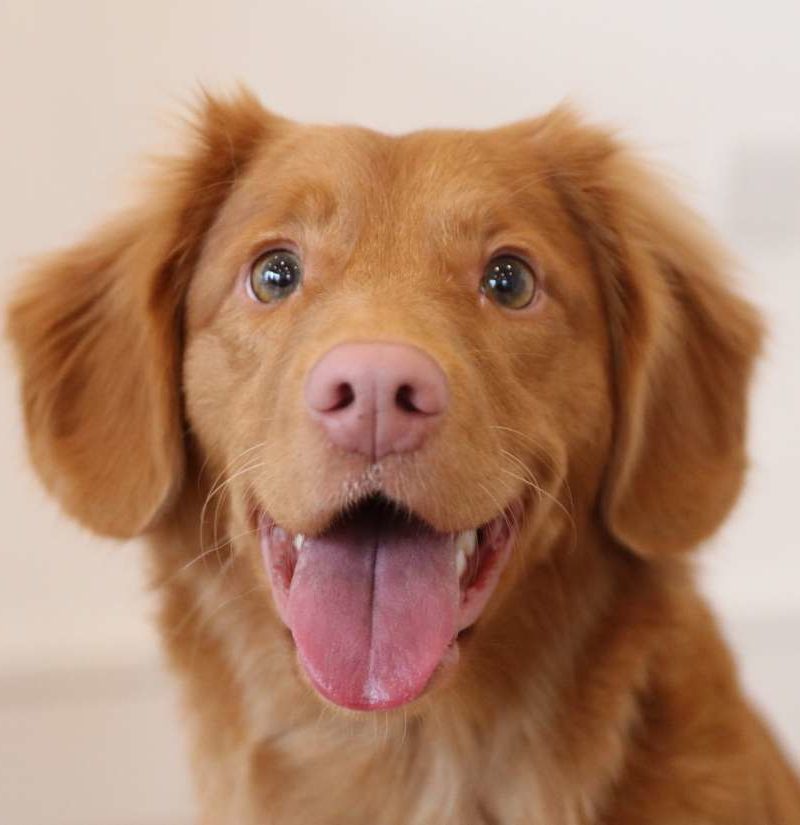As dog lovers, there’s an image we all love to see: a happy dog playing confidently at the dog park with his friends and enjoying the company of the people he meets throughout his lifetime. Many of us take this desirable behavior for granted because our pets are social and outgoing. But to dog owners with canine wallflowers, this remains a dream so he has to wonder that “Why doesn’t my dog like socializing?”.
Why isn’t my dog social?
Many dogs experience shyness due to certain experiences in their past, such as being mistreated and abused. One of the most common causes of shy behavior is a lack of exposure to new people and places at a young age. Dogs that remain confined to a limited area, and that aren’t given an opportunity to meet people and other dogs, are likely candidates to become timid. The more chances your dog gets to meet new friends, the better behaved he’ll likely be. That’s why shyness is a common personality trait in dogs that move from owner to owner frequently in their lifetime. Dogs look to their owners to be the “alpha dog” of their “pack,” and to guide them safely into new and stimulating situations. Without that type of leadership in their lives, dogs may become timid and skittish when introduced to things outside their immediate familiarity.

What are the signs of a shy dog?
It’s important to know the signs of a shy dog so you can approach him accordingly-and which means you don’t take his lack of interest in you personally. Allow your pet to play freely with another dog in a fenced area. Here are some cues to look for:
- Retreating to another room or a far corner of the space you both occupy
- Ears folded flat against the head
- Tail tucked between legs
- Refusal to make eye contact
- Crouching
- Inappropriate urination
- Quick and noticeable panting
What can I do to help my dog become more social?
Whatever the reason behind your dog’s shyness, correcting it is a process that requires a lot of love and patience.
The first month is critical. Make sure that you have time to invest in an intensive socialization program during your new dog’s early weeks with you. Remember, you’re laying the foundation for your dog’s behavior later on in life, and an ounce of prevention is worth a pound of cure. Besides, it’s great fun and will help you get to know your newly adopted dog very well, very quickly.
Don’t praise or coddle your dog when he is scared. When your dog is usually frightened, it’s human to want to comfort your dog and say, “It’s OK”. However, your canine assumes you are praising him for being scared-which reinforces skittish behavior. Only praise your dog when he acts confidently.
Review (and re-review) the training basics. A dog that can follow commands is a confident dog. Put your dog’s leash on him, then head outside. Practice “come,” “sit,” “down” and other basic commands. Praise him when he exhibits any confident end up beinghavior.
Practice people therapy. Have a dog-loving friend sit with her back to your dog. Place food treats or your dog’s favorite toy in her outstretched hands. Tell her not to speak or make eye contact with your dog. Praise your dog when he takes a treat or the toy.
Yawn. No, this isn’t a sign of disinterest or weariness. Yawning is actually a calming signal for dogs. Once again, have your friend hold treats while looking at the ground, not at your dog. It might sound silly, but ask your friend to yawn repeatedly-and join in. You’ll notice your dog relaxing the more the both of you yawn. Again, every time your pet takes a treat, praise him.
Chin and chest only, please. When friends come over, have them stand still with a treat and let your dog go to them first. Ask your friends to only pet your pet under the chin and on the chest. Avoid letting anyone reach or lunge to pet her on the head or back.
Free play works wonders. Dogs who do not trust people can benefit from having other dogs as companions. Some “symptoms” of a chronically timid canine are more obvious, others can be subtle. Have the owner of the other dog pet your dog if possible. A tired, happy dog is often less skittish.
Introducing him to new dogs. If your pet has had limited exposure to other dogs, he may resist socializing with them. Aggression is a common symptom of too little contact with other dogs. To get your dog feeling more comfortable around will be canine counterparts, start with canines that you already know are trustworthy. If your dog behaves himself, reward him for his polite behavior in the presence of the other dog. Gradually work up to rewarding the dog for being close to the other dog, getting closer and closer each time. Of course, the simplest way to remedy this is to have your leashed dog interact frequently with other leashed dogs.
Obedience classes and professional help. Obedience classes provide a good opportunity to socialize him with dogs and people in a controlled setting.
To develop a healthy attitude toward socializing, dogs also need the example of an owner who leads the way during the puppy’s formative years. If your dog feels too uncomfortable being in a class setting with other dogs-and if nothing else seems to be helping-you may want to consider seeking the assistance of an expert dog trainer who specializes in shy dogs. Ask your friends and vet for recommendations.


